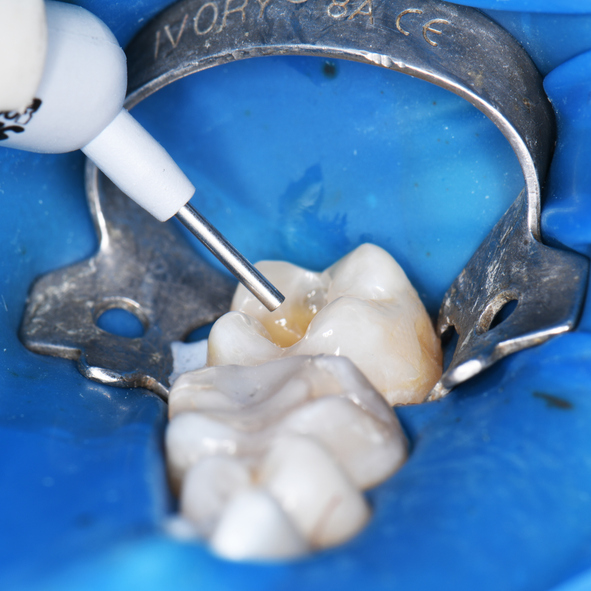
Factors related to pulp capping success

Investigators have assessed outcomes following direct and indirect pulp capping.
In a retrospective study published in the Journal of Clinical Medicine, the investigators examined 276 permanent teeth with deep carious lesions. The teeth were treated with direct pulp capping — involving either mineral trioxide aggregate cement, a resin-based glass ionomer or TheraCal — or indirect pulp capping with a three-step total-etch adhesive system or a two-step self-etch adhesive system.
After a follow-up of 10 years, the investigators found that 72.5% of the teeth were successfully treated. However, the success rate among the teeth treated with indirect pulp capping was significantly higher than the that of the teeth treated with direct pulp capping. The investigators revealed that the area of pulp exposure, pulp-capping material and bleeding after exposure was correlated with pulp necrosis among direct pulp-capping procedures; whereas the adhesive system was associated with pulp necrosis among indirect pulp-capping procedures. Further, patient age was linked to pulp vitality preservation, with greater success recorded in patients aged 25 years or younger. The three-step total-etch adhesive system was found to be superior to the two-step self-etch adhesive system in indirect pulp capping.
The investigators concluded that clinicians performing direct pulp-capping procedures should consider factors such as pulp-capping materials, patient’s age and pulp exposure width to improve long-term outcomes.
Read more: Journal of Clinical Medicine
The article presented here is intended to inform you about the broader media perspective on dentistry, regardless of its alignment with the ADA's stance. It is important to note that publication of an article does not imply the ADA's endorsement, agreement, or promotion of its content.